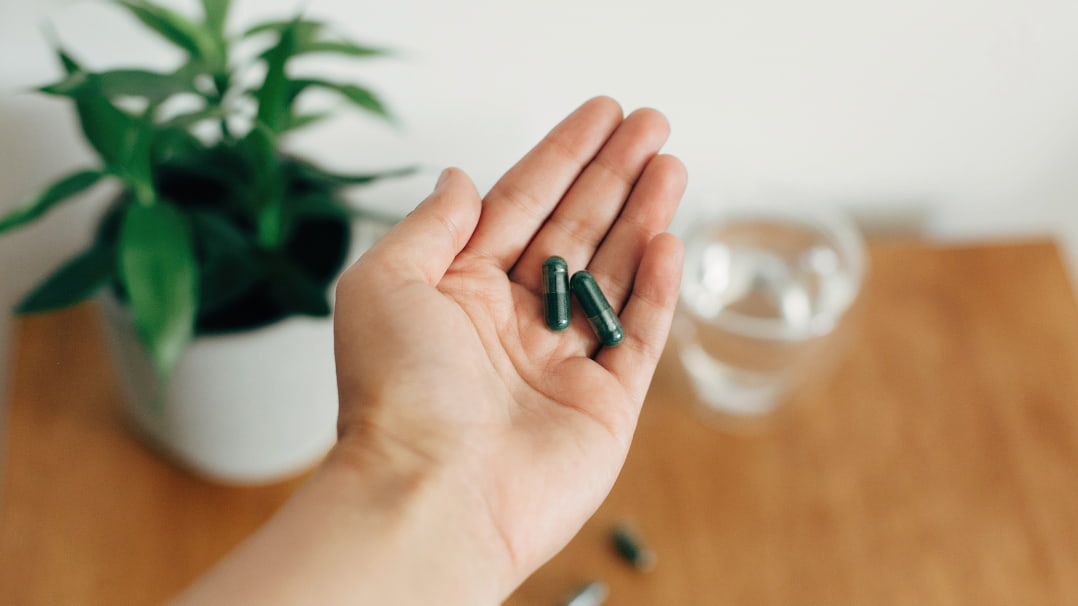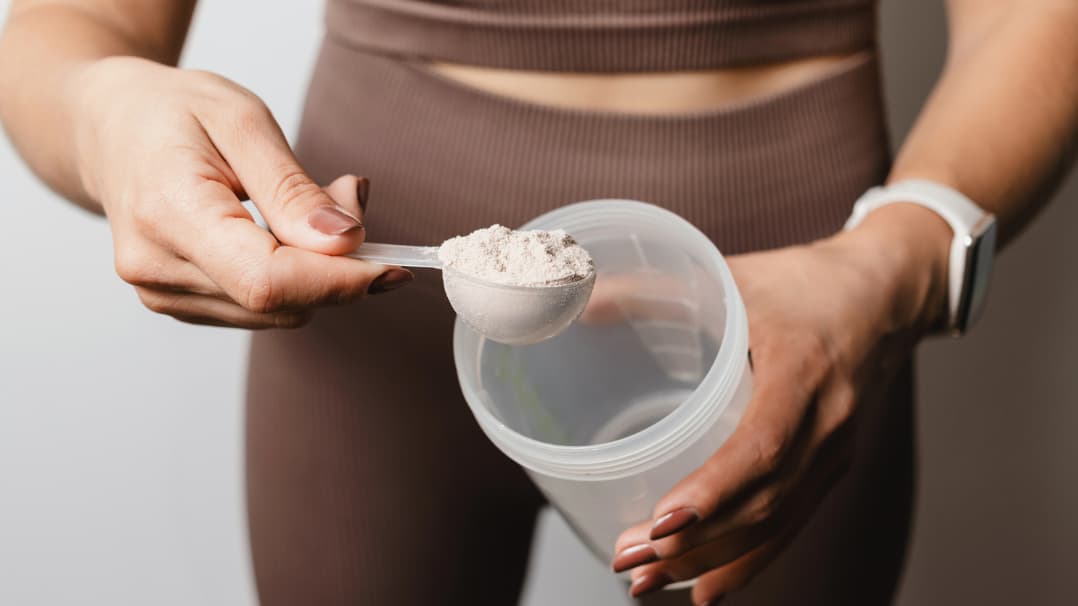Our mitochondria are modulated by numerous choices we make in our lifestyle. The good news is there are ways to improve mitochondria health using nothing more than temperature and light.
#1. Cold Therapy
The infectious personality of Wim Hof has made cold therapy a popular tool for psychological and physical wellbeing. Cold therapy for the purposes of biohacking, refers to using cold temperatures to elicit a positive physiological response.
"There is still every reason for healthy people to take cold showers, or swim outside in cold water. It gives you the feeling that you are alive.” -Wim Hof
There is evidence that cold therapy improves mitochondrial health through a process known as “mitochondrial biogenesis,” or in other words, by producing more of them.1
Getting started with cold therapy is pretty simple. Boost your mitochondria by ending your hot showers with 30 seconds of water as cold as you can get it. Even 30 - 90 seconds of cold water can have profound effects according to a study in PLoS One2. For those looking to take it up a notch beyond cold water in the shower, two bags of ice in a bathtub filled with water is a simple ice bath hack.
My recommendation for people serious about using cold plunges to improve mitochondria health is to use Aaron Alexander’s home cold plunge guide. He uses a 14 cubic foot chest freezer, walks through a few simple steps to turn it into a home ice plunge unit. He approximates the cost at $600, which is minimal considering ice can add up quickly with regular usage.
#2. Cryotherapy
If I had to choose a form of cold therapy to boost my mitochondrial health that I prefer best, it’s cryotherapy, but not for the right reasons: it’s easier.
Cryotherapy is generally 100 - 250 degrees below zero (colder than ice baths) for a shorter duration. Some cryotherapy centers are 1 minute while some people stay up to 3 minutes. The intense cold in cryotherapy comes from either liquid nitrogen or chilled air. There are some proponents of cryotherapy, including popular mixed martial arts expert Joe Rogan, but the cryotherapy craze may not be as valuable as the hype suggests.
According to a 2017 study in Medical and Science in Sports and Exercise simple cold water immersion may be more effective than cryotherapy.3
Cryotherapy can be great for its ease of use, though. Busy professionals and executives who want to get an efficient means of increasing mitochondrial health can be in and out of a cryotherapy chamber within 10 minutes and back to work. For those who aren’t in a rush, I still recommend the chest freezer method above.
#3. Heat Therapy
If cold therapy is useful for increasing the number of mitochondria (via mitochondrial biogenesis), then heat therapy is useful for increasing the efficiency of those mitochondria.
When we are undergoing heat therapy in a sweat lodge or sauna, the energetic needs of our mitochondria go up and they respond by using oxygen in the blood more efficiently.
When we are undergoing heat therapy in a sweat lodge or sauna, the energetic needs of our mitochondria go up and they respond by using oxygen in the blood more efficiently. This process is called oxidative phosphorylation (OXPHOS). In one study, repeated exposure to heat stress for 6 days increased mitochondrial function by 28%, among other advantages.4
Heat therapy is usually 15 - 30 minutes of exposure to temperatures ranging from 105 - 170 °F (the latter being quite extreme).
In a popular post on Tim Ferriss’ blog, Dr. Rhonda Patrick identified a litany of health benefits of heat therapy: she also made suggestions depending on your desired result.5 For example, two sessions per week of 30 minutes in duration increased endurance by 32% in runners over a three week period.6
If mitochondrial health and general longevity are of interest, an epidemiological study in Finland following 2,300 men found increased heat exposure reduced the rate of all-cause mortality.7 Over the course of the study, 4 - 7 weekly sauna sessions from 11 - 20 minutes had the lowest all-cause mortality, but even 1 session per week could have serious benefits.
I try to do 2 - 3 sauna sessions per week at my gym for both enjoyment and the many purported health benefits. Typically, I’ll stay for 15 minutes, get a good sweat, and then move on. The sauna is also one of the few times I can listen to podcasts. I simply leave my phone in my locker, use my airpods, and listen to a podcast without overheating my phone. This technological convenience makes using the sauna for to boost your mitochondria a habit that’s easy to maintain.
Even though I’m a fan of heat therapy, I’d be remiss not to make a note on men’s health and mention a warning for males who are of the age and disposition to reproduce.
A study with 10 male participants in their 30s found that using a sauna 176 - 194 degrees F (very hot) twice per week for only 15 minutes negatively affected sperm parameters.8 Sperm count, motility, histone/protamine ratios (sperm quality measurement), and sperm mitochondrial function were all negatively affected by this heat therapy after 3 months of use. The good news is, after 6 months of no sauna, the effects returned to baseline. If you are a male trying to conceive, consider taking a 6 - 12 month break from the sauna.
#4. Near Infrared / Red Light Therapy
Red and near infrared light are specific wavelengths of light that that impact physiology and specifically enhance mitochondrial health. The red and near infrared light activates cytochrome C oxidase (CCO) in our mitochondria9, which increases ATP (energy) production.
The boost in mitochondrial health (and energy production) allows the cells to do more work. The downstream results in performance gains include better reaction time10, support against chronic inflammation11, and balanced testosterone.12
Red light therapy (RLT) – also known as photobiomodulation, is a natural, non-invasive healing modality that delivers beneficial light directly to your body and cells. It utilizes two specific wavelengths of light (mid 600nm red light and mid 800 nm near-infrared light) that are naturally emitted by the sun. In targeted doses, they provide a wide range of health benefits across different systems and parts of the body.
A great metaphor for explaining the science of red light therapy is to draw a comparison to plants. Just as plants use chlorophyll to convert sunlight into energy (food), red and near-infrared light creates a biochemical effect in the body that enhances cellular energy production and efficiency.
The photons of light from a RLT device are absorbed by mitochondrial chromophores in skin cells. When the light is absorbed, it increases electron transport, adenosine triphosphate (ATP), nitric oxide release, blood flow, reactive oxygen species increase, and in addition, diverse signaling pathways are activated. Elevated ATP is then used to power metabolic processes; synthesize DNA, RNA, proteins, and enzymes needed to repair or regenerate cell components [1].
The health of every cell, tissue, and organ in our body depends on energy being produced by the mitochondria in those cells. Since red and near-infrared light help the mitochondria produce more energy and produce it more efficiently, the benefits of this therapy can extend across many regions and systems of the body. Learn more about the red light therapy device our team loves and how to DIY RLT at home.
Chasing the Perfect Mitochondria
We've talked about numerous novel methods of improving mitochondrial function, but the best way to be successful is through consistency. Pick a few of the methods we have described and ensure they fit within your schedule and environment. Even a couple of these will provide some health benefits and boost your mitochondrial function.
If you are like most you will be living longer than any other generation, but will you be thriving in your extra years? The key is abundant cell energy. Qualia Life is a comprehensive supplement designed to promote better aging. Our team of researchers, scientists and doctors rigorously blended 36 ingredients to synergistically support your cell’s ability to make more energy so you can accomplish all that you want to do. Qualia Life uniquely upregulates NAD+ and ATP while supporting dozens of other processes and pathways within the body. More cell energy leads to sounder sleep, increased productivity, better workouts, more capacity to handle stress, and an overall whole-system upgrade.
________________________________________________________________________________
1 https://www.ncbi.nlm.nih.gov/pmc/articles/PMC5545200/
2 https://journals.plos.org/plosone/article?id=10.1371/journal.pone.0161749
3 https://www.ncbi.nlm.nih.gov/pubmed/28141620
4 https://www.physiology.org/doi/full/10.1152/japplphysiol.00383.2018
5 https://tim.blog/2014/04/10/saunas-hyperthermic-conditioning-2/
6 https://www.ncbi.nlm.nih.gov/pubmed/16877041
7 https://jamanetwork.com/journals/jamainternalmedicine/fullarticle/2130724
8 https://www.ncbi.nlm.nih.gov/pubmed/23411620
9 https://www.ncbi.nlm.nih.gov/pmc/articles/PMC2996814/
10 https://www.ncbi.nlm.nih.gov/pubmed/27855264
11 https://www.ncbi.nlm.nih.gov/pubmed/16706691
12 https://www.alliedacademies.org/articles/the-effects-of-low-level-laser-therapy-lllt-on-the-testis-in-elevatingserum-testosterone-level-in-rats.pdf







Lauren Alexander